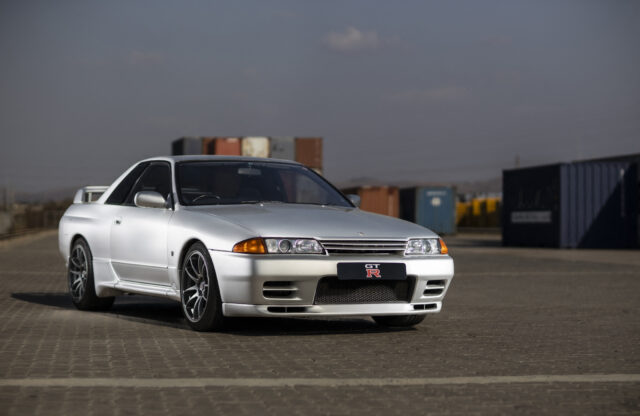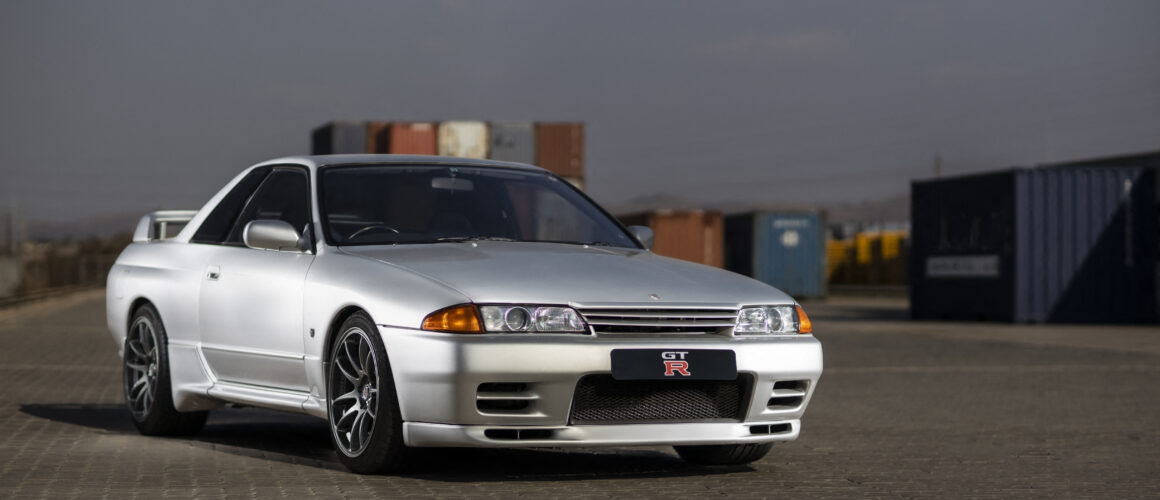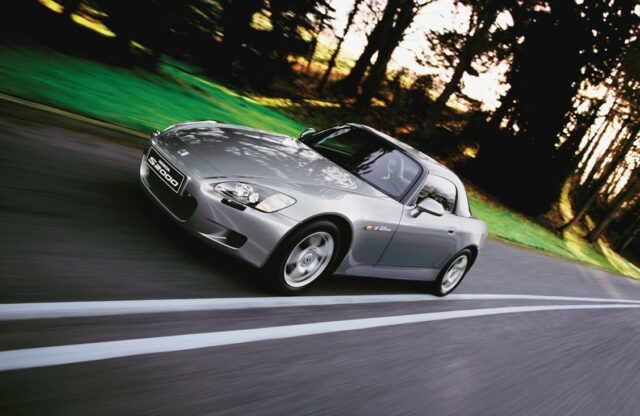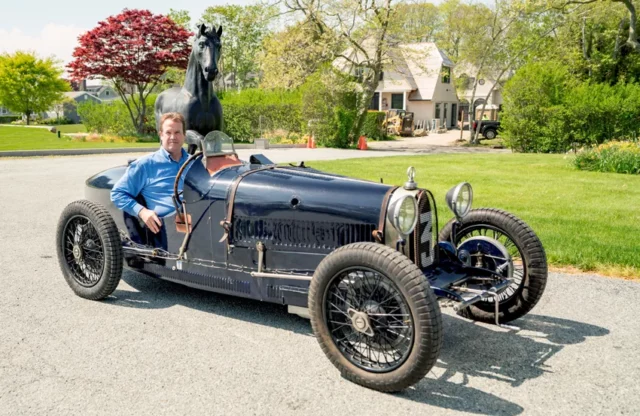Designed to compete in international Group A racing, the Nissan Skyline GT-R R32 was equipped with a high-tech all-wheel-drive system and over-engineered twin-turbo 2.6-litre inline-six powerplant. This combination made it one of the quickest contemporary sports cars around.
The R32 launched in late 1989 and entered into Group A the following year. The new car didn’t initially make the splash one might have expected, primarily because it was made available only in Japan. That all changed when it began dominating the Group A racing series like no other car that had come before.
It remained undefeated in its home country over four years, and took top honours at Spa and the Nürburgring, too. The Australians named it ‘Godzilla’ after it beat the all-conquering Sierra Cosworth at the Bathurst 1000 two years in a row. The ATTESA E-TS AWD system was great at putting down the power in a variety of conditions. Official output was a claimed 276bhp (a lie necessitated by the Japanese laws of the time), but no R32 produced less than 300bhp once the boost restrictor was removed. Minor modifications can push figures much higher, and thanks to this easy tunability, finding a stock R32 today is virtually impossible.
Continued racing successes led to Victory (V-Spec) special editions being released, many of which were built in very limited numbers and have values to match. Over 40,000 standard cars were produced, too, and these are also starting to climb in value. While there are still deals to be had, the R32 is fully deserving of its renewed fame. After all, it is a historically significant and very capable world-beating sports car.
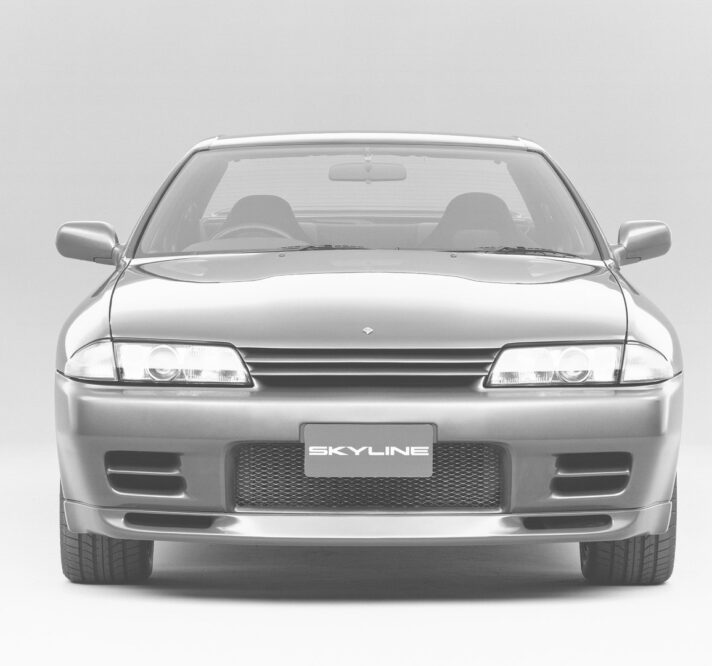
The Australians named it ‘Godzilla’ after it beat the all-conquering Sierra Cosworth at the Bathurst 1000 two years in a row
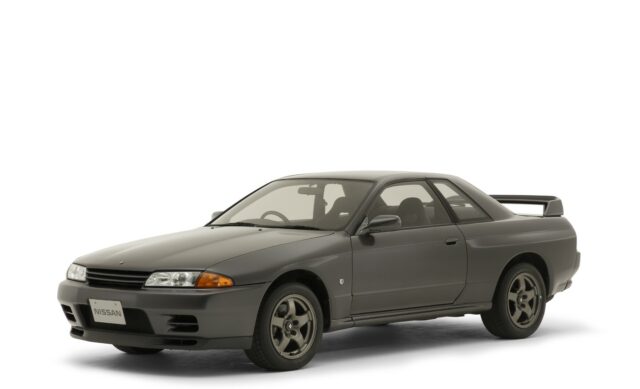

ENGINE
The R32’s heart and soul is the RB26DETT inline-six. These engines are basically bulletproof if left standard – but few are. The stock boost restrictor could be removed to increase the power to around 310bhp, and the majority of cars have at least been remapped, adding another 40bhp. If a larger turbocharger and more aggressive map are installed, the internals will require upgrading, too.
The timing belt must be replaced regularly, and any new purchase should be treated to a full service, especially if it is a fresh import. Low oil pressure tends to be an issue on these engines, and if the tappets are very noisy on start-up, the oil pump may be faulty. Coil packs can also cause misfiring and rough running issues.
Standard turbos tend to disintegrate under high boost, and specialists usually rebuild them with stronger steel impellers instead of the ceramic factory-fitted ones. Over-revving can damage crankshafts. Ensure the engine’s health by checking for any rough high-rev behaviour or excessive blue exhaust smoke under boost.
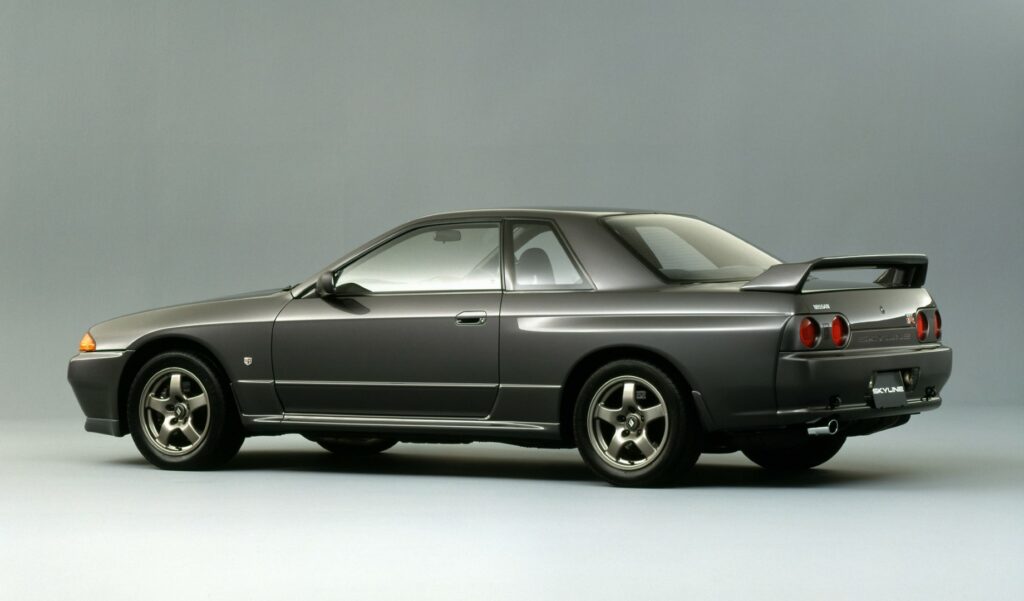
GEARBOX
While the five-speeder can handle abuse, it is generally the last component to get upgraded. Consequently, many fail due to excessive boost pressures. Check for any crunching, especially when shifting into fifth. Although the unit does not like to be rushed, changes should be smooth.

SUSPENSION AND BRAKES
The suspension is fairly straightforward, and tends to require nothing more than periodic damper and rubber bushing replacements. Examples with larger-diameter wheels and track settings can make for an extremely hard ride and uneven rubber wear. If your car is not standard (which is highly likely), make sure that the modifications have been professionally installed.
Brakes are standard steel units, and they work well unless you are running 400bhp-plus. In that case, they may overheat, leading to cracked pads and warped discs.
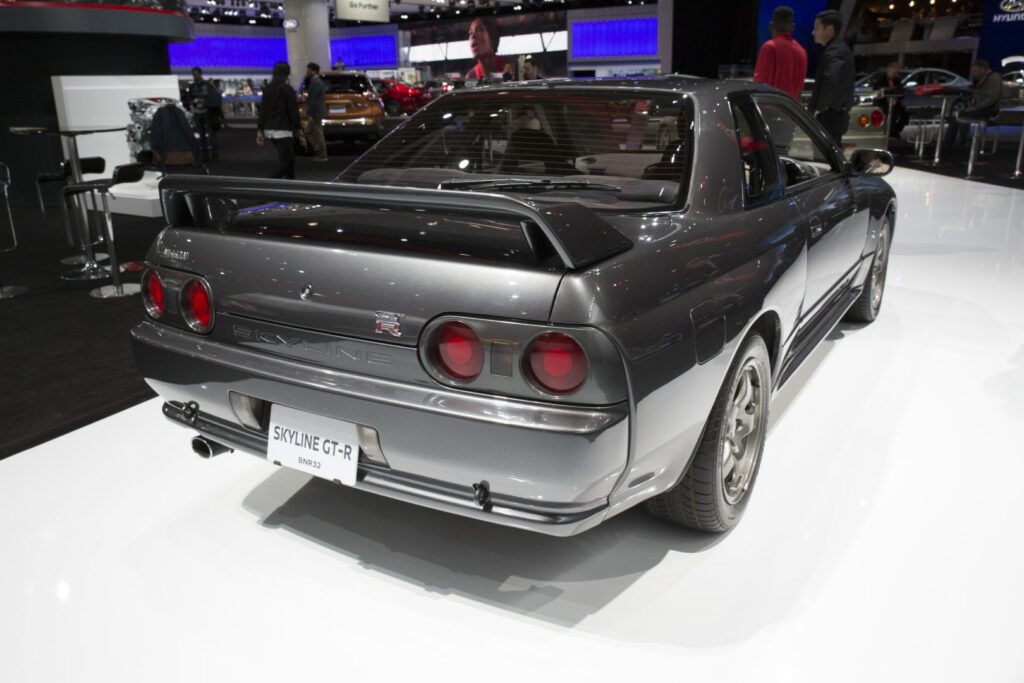
BODYWORK
Rust is common, and there are a few problem areas. Take a good look around the whole car, but pay particular attention to the rear arches and window surrounds, and the jacking points. Damage here can lead to rusting on the underside and sills.

INTERIOR
A typically 1990s Japanese cabin means loads of plastic, hard-wearing seat trim and reliable electronics. However, after three decades, do expect moderate wear and tear on even the best examples. Many owners install updated radios, and a lot of electrical issues can be traced back to alarms and other non-standard kit.
Sourcing minor trim can be a hassle, but there are a number of specialists and enthusiast clubs that can point you in the right direction. Even so, certain items such as OEM front seats can be costly.

WHICH NISSAN SKYLINE GT-R R32 TO BUY
The GT-R R32 not only introduced a new level of performance to the sports car world, it also made the segment available to a far larger audience thanks to attractive pricing and fairly large build numbers.
Almost every example has seen some form of modification, and if done properly it can make for a very fast and enjoyable machine. Standard ones are highly prized and offer the best investment potential.
Most cars still reside in Japan, although many have found homes in Australia, the UK and the US. This has positively affected prices, but values are still generally below European rivals’ from the same period.
If you are looking for one of the limited editions such as the V-Spec I or II, be prepared to pay significantly more. The very rare NISMOs are even more valuable, and few venture out of Japan. Standard low-mileage examples are extremely unusual now, and the astronomical figures they command reflect their desirability.
With a renewed interest in these special cars pushing prices higher across the board, it’s vital to ensure that your potential purchase has been well cared for. There are plenty out there, so take your time to find a Godzilla that will destroy the competition and not your bank account.
RB Motorsport kindly supplied the technical information contained in this guide.
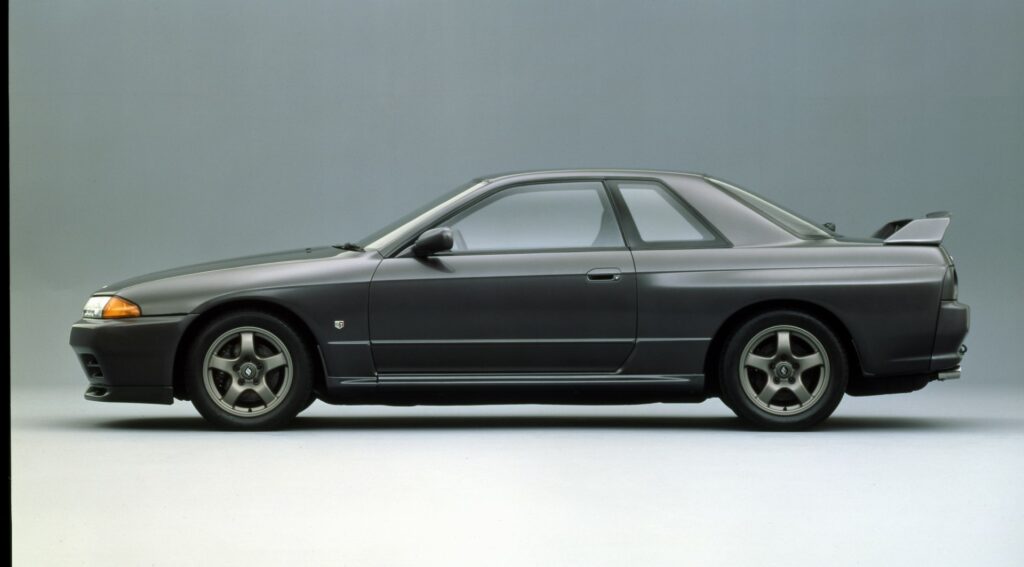
WHAT TO PAY
(UK) 1995 Nissan Skyline GT-R V-Spec I
Fair: £35,600
Good: £40,100
Excellent: £51,200
Concours: £65,000
(US) 1994 Nissan Skyline GT-R
Fair: $29,900
Good: $50,100
Excellent: $76,100
Concours: $121,000
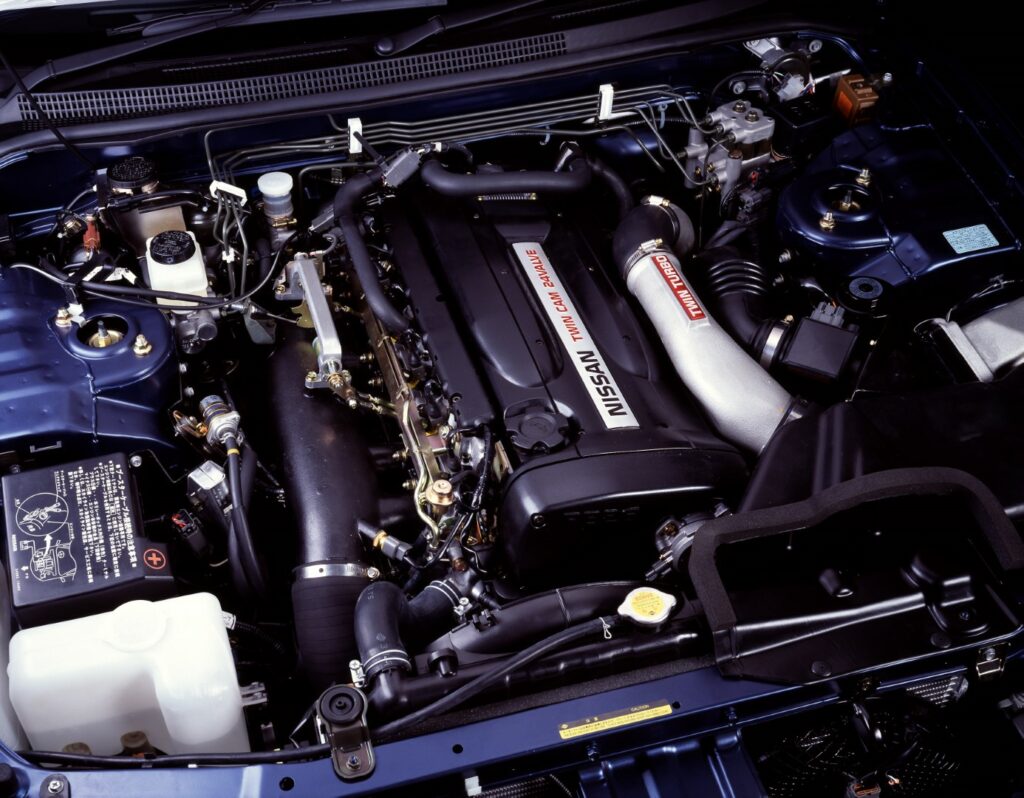
SPECIFICATIONS
2.6-litre twin-turbo inline-six
Power: 276bhp
Top speed: 155mph
0-60mph: 5.6 secs
Economy: 19mpg
